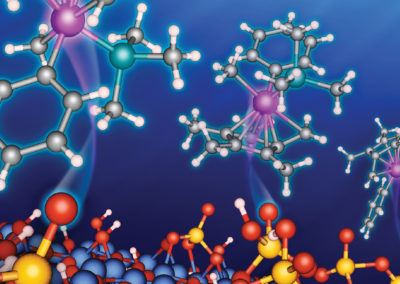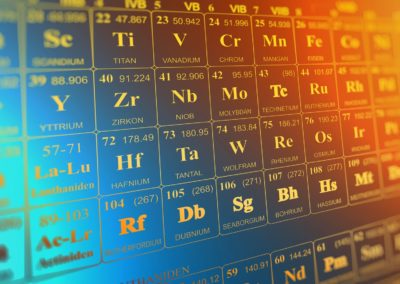Quantum package
TRANSITION STATE LOCATOR Plugin
Features & Capabilities
The Transition State Locator enables MAPS users to find transition states on the potential energy surface of molecules and solids. It can use Linear and Quadratic Synchronous Transit (LST/QST) and Nudged Elastic Band (NEB) and works with several quantum engines in MAPS.
Summary
TRANSITION STATE LOCATOR is a standalone program which uses ABINIT, NWChem and MNDO to calculate energies and forces. A graphical user interface is available in MAPS to set up a calculation. Transition states can be located with three different methods. The Linear Synchronous Transit method finds an estimate for a transition state by locating the point highest in energy on the shortest line connecting reactant and product.
The Quadratic Synchronous Transit method refines the estimate further by finding the minimum along a line perpendicular to the previous one. The path connecting reactant, the estimate of the transition state and the product may then be searched for a saddle point.
The Nudged Elastic Band method optimizes the structure of a whole series of connected configurations between reactant and product simultaneously.
The result is the minimum energy path between reactant and product and the structure highest in energy provides a guess for the transition state. Transition states need to be known to predict reaction pathways and study energetics and kinetics of chemical reactions.
References
- A. Halgren, W. N. Lipscomb, 1977. Chem. Phys. Lett. 49 pp. 225-232.
- Jónsson, G. Mills, K. W. Jacobsen, 1988. Classical and Quantum Dynamics in Condensed Phase Simulations Ed. B. J. Berne, G. Ciccotti, D. F. Coker (World Scientific).
Summary


